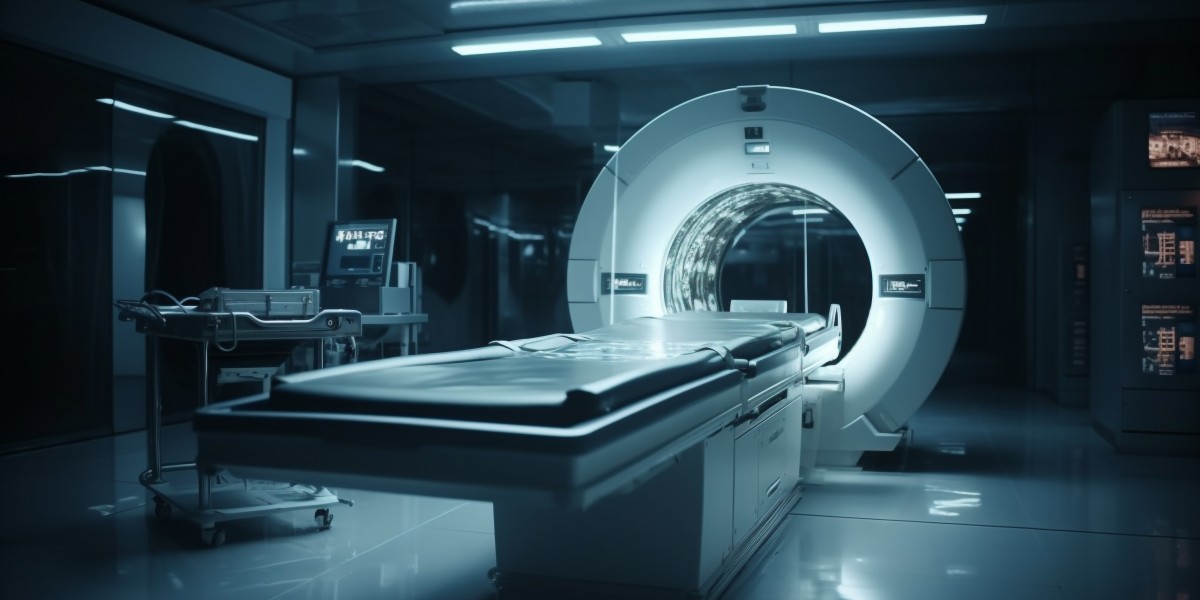1. Understanding Medical Imaging Technology
Medical imaging technology lets doctors look inside the human body without surgery. This field includes tools like X-ray, ultrasound, CT scans, MRI, and nuclear medicine. These tools help detect illnesses early, monitor progress, and guide treatments safely and accurately.
2. Why It Matters
This technology makes healthcare faster and safer in Pakistan by:
Detecting conditions like fractures, infections, and tumours early on
Reducing the need for invasive diagnostic procedures
Helping doctors plan treatments more precisely
Improving overall patient care quality
3. Modalities Explained
Let’s go through the main medical imaging techniques one by one—step by simple step:
X-ray
Used for checking bones and assessing chest health. Quick, easy, and widely available.
Ultrasound
This safe and affordable method uses sound waves. It’s ideal for monitoring pregnancies and examining soft tissues.
CT Scan (Computed Tomography)
Creates detailed cross-sectional images. Used for detecting internal issues like tumors or bleeding.
MRI (Magnetic Resonance Imaging)
Offers very clear images of soft tissues, including the brain and muscles. It uses magnetic fields and does not involve radiation.
Nuclear Medicine (e.g., PET/SPECT)
Provides functional insights into how organs perform—especially valuable in cancer diagnosis and monitoring.
4. Step-by-Step Process of Medical Imaging
Patient Preparation
Patients are guided carefully—told how to prepare, what to wear, and any instructions like fasting or removing metal objects.Positioning the Patient
Correct positioning ensures clear images. Technologists make minor adjustments to improve accuracy.Capturing the Image
Each device captures images using its unique technology—X-rays, waves, magnets, or tracers—while prioritizing patient safety.Image Processing & Quality Check
Technologists clean and review images to ensure clarity before passing them on for diagnosis.Diagnosis Report
A trained specialist reviews the images and generates a detailed report to guide treatment.
5. Training and Expertise
Students often pursue a Bachelor’s degree in Medical Imaging Technology or Radiology with coursework in anatomy, imaging physics, radiation safety, and hands-on imaging practices. Training involves practical work with X-ray, CT, MRI, ultrasound, and nuclear medicine equipment.
This education ensures technologists are skilled at operating equipment, ensuring quality imaging, maintaining patient safety, and producing reliable diagnostic findings.
6. Career Scope and Opportunities
Graduates can work in:
Public and private hospitals
Diagnostic imaging centers
Cancer treatment facilities
Academic and research labs
Equipment maintenance and biomedical services
They may take on roles like radiologic technologist, ultrasound technician, MRI/CT specialist, nuclear medicine technologist, or imaging educator.
This field offers job stability and growth, with opportunities in both clinical and research environments. Professionals can later pursue specializations or advanced degrees in areas like MRI, CT, or imaging technology research.
7. Challenges and Opportunities
Challenges:
High cost of advanced equipment
Limited access in remote or rural areas
Shortage of highly trained professionals for emerging technologies
Opportunities:
Expanded training programs to nurture skilled workforce
Increased use of teleradiology, enabling image analysis from remote or underserved
Adoption of emerging tools like AI and digital image systems to enhance diagnostic speed and accuracy
8. Future of Medical Imaging in Pakistan
The future is bright and evolving:
AI-assisted imaging tools could speed up and enhance diagnostic accuracy
Teleradiology will make specialist care more accessible
Technological evolution in imaging hardware and software promises improved patient outcomes and streamlined workflows
9. Summary Table
Step | Description |
Modalities | X-ray, Ultrasound, CT, MRI, Nuclear Medicine |
Process | Preparation → Positioning → Capture → Review → Report |
Training & Education | Bachelor’s in Medical Imaging or Radiology |
Careers | Technologist, Imaging Specialist, Educator, Researcher |
Challenges | Cost, access gaps, training shortages |
Future Opportunities | AI, teleradiology, advanced equipment integration |
Conclusion
Medical imaging technology in Pakistan is a vital and growing field. It empowers healthcare professionals with non-invasive diagnostic tools that enhance accuracy, safety, and patient outcomes. While challenges like costs and uneven access remain, increasing training opportunities and cutting-edge technologies like AI and teleradiology present exciting possibilities.
Professionals trained in this field are positioned for rewarding and impactful careers—contributing directly to better healthcare across the country.








